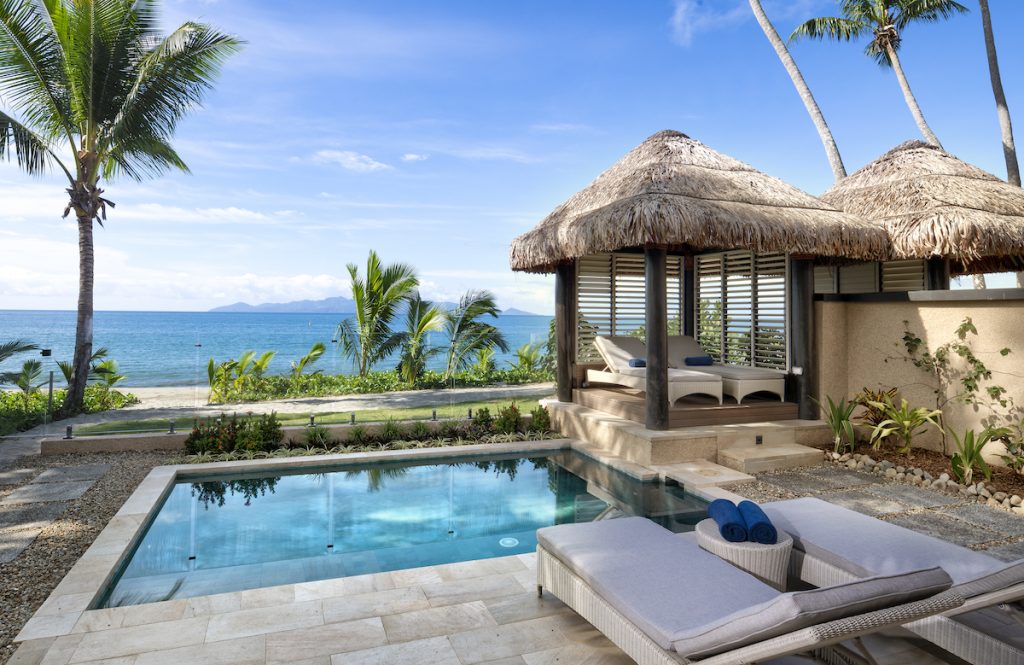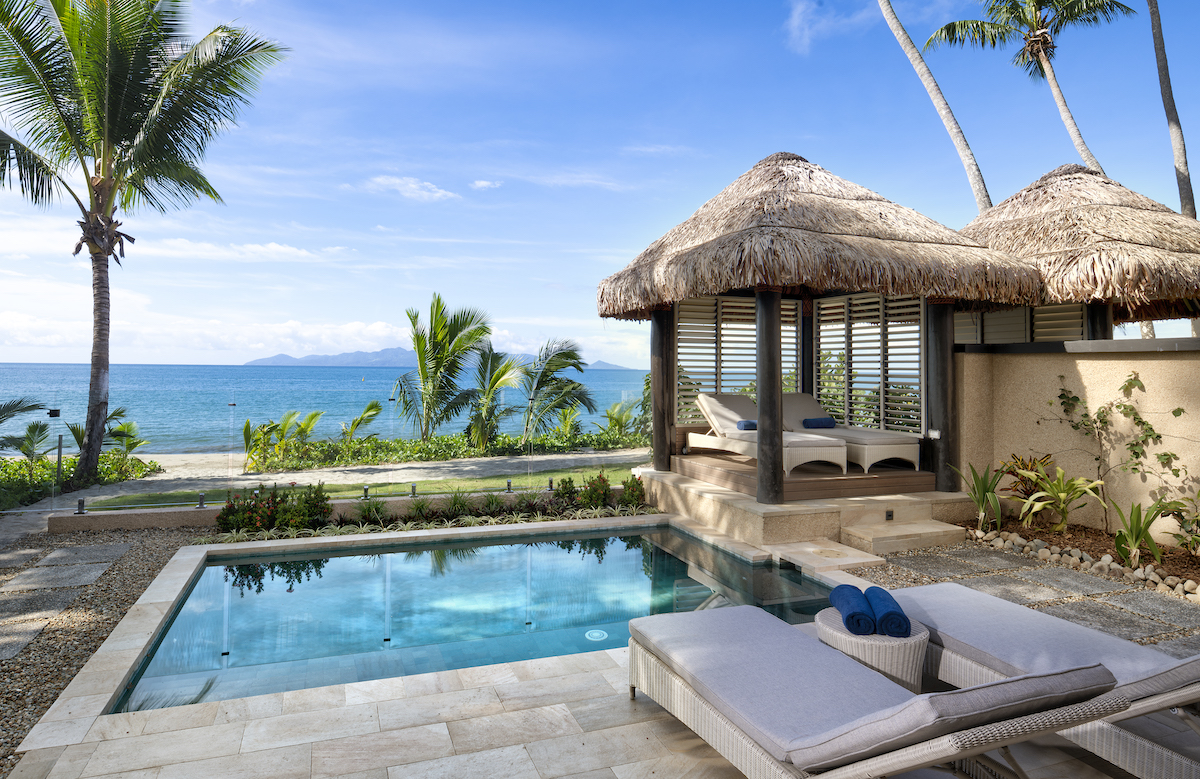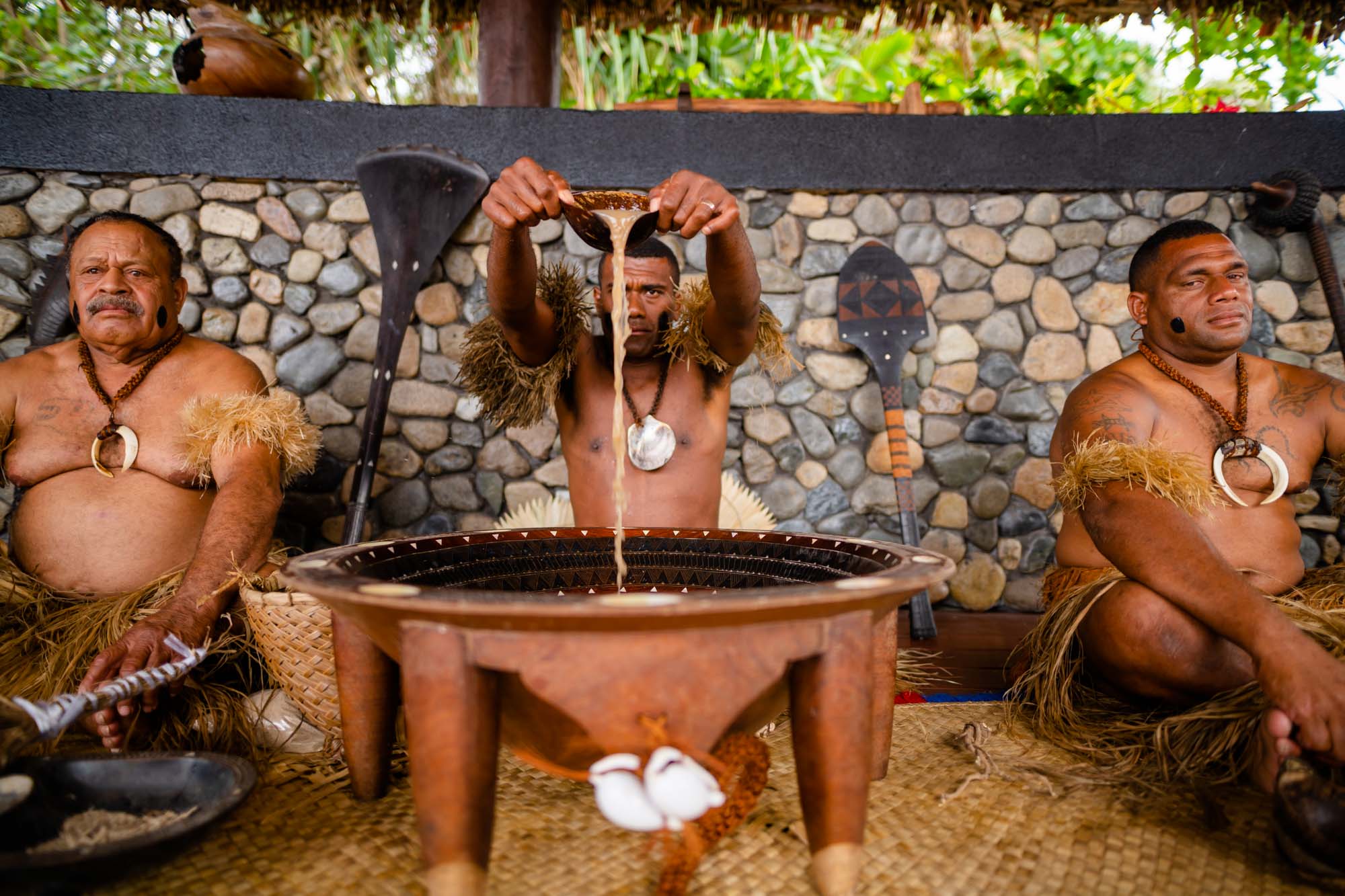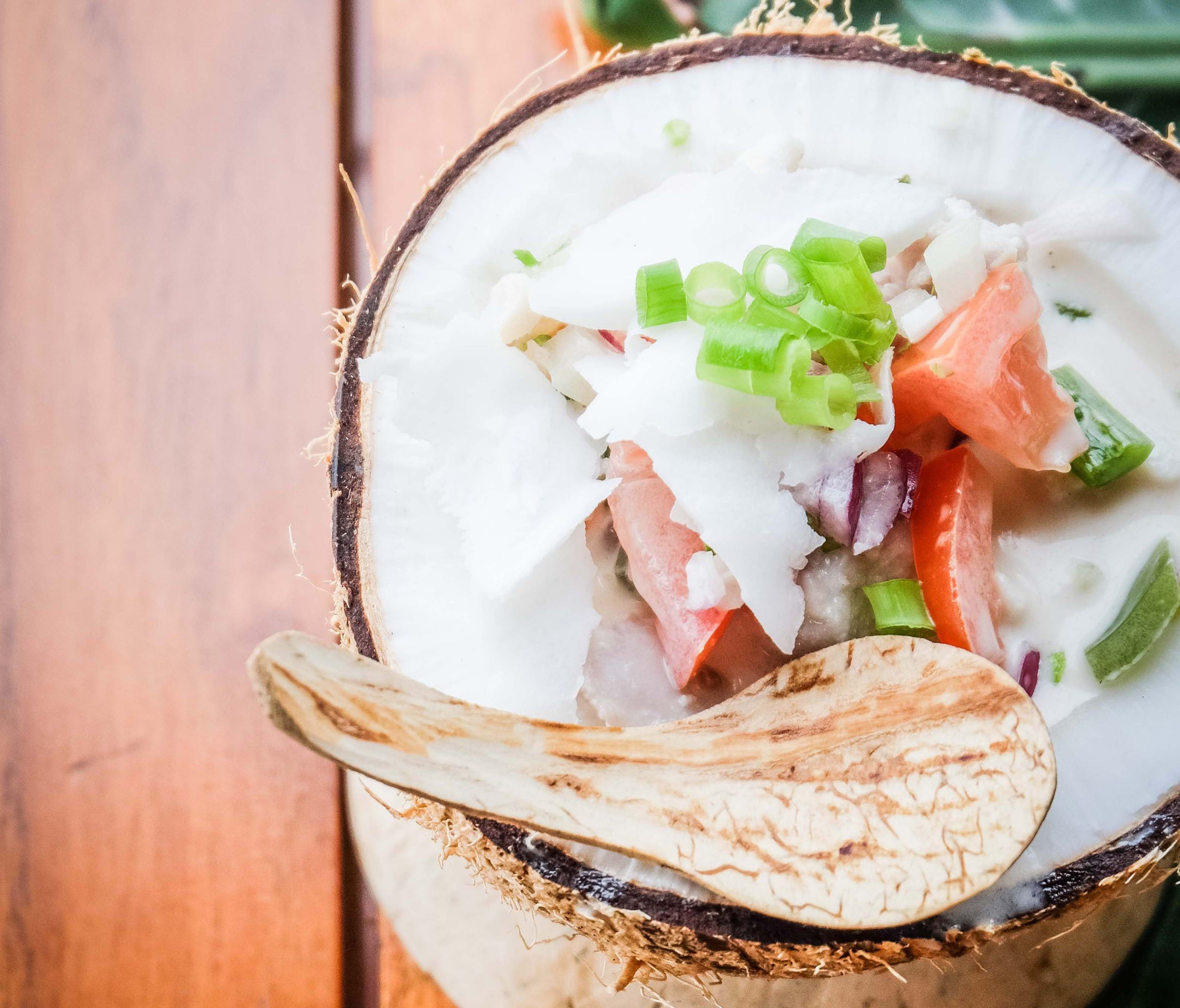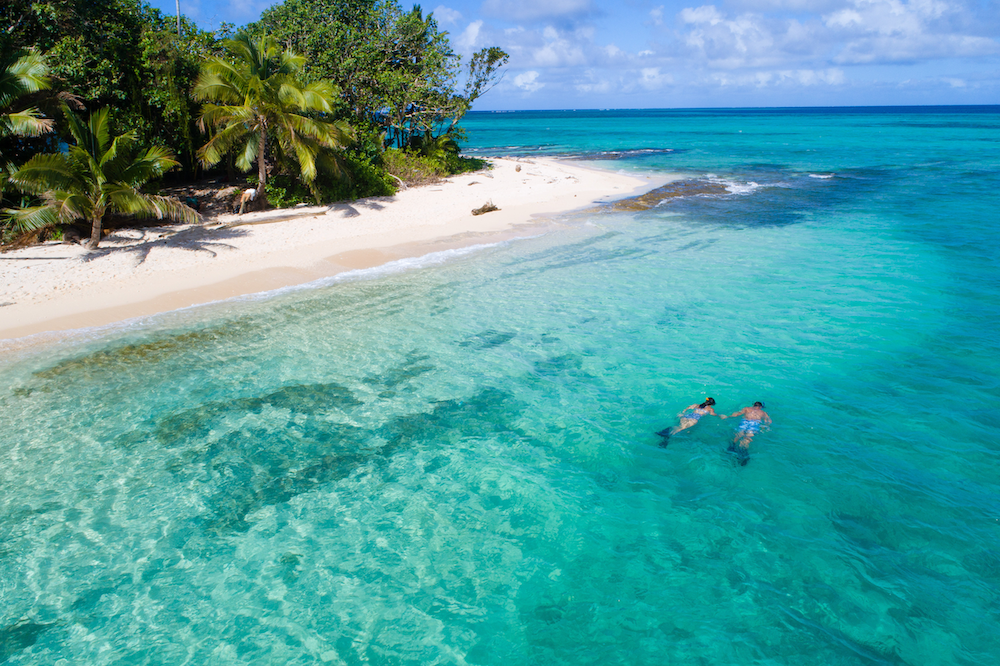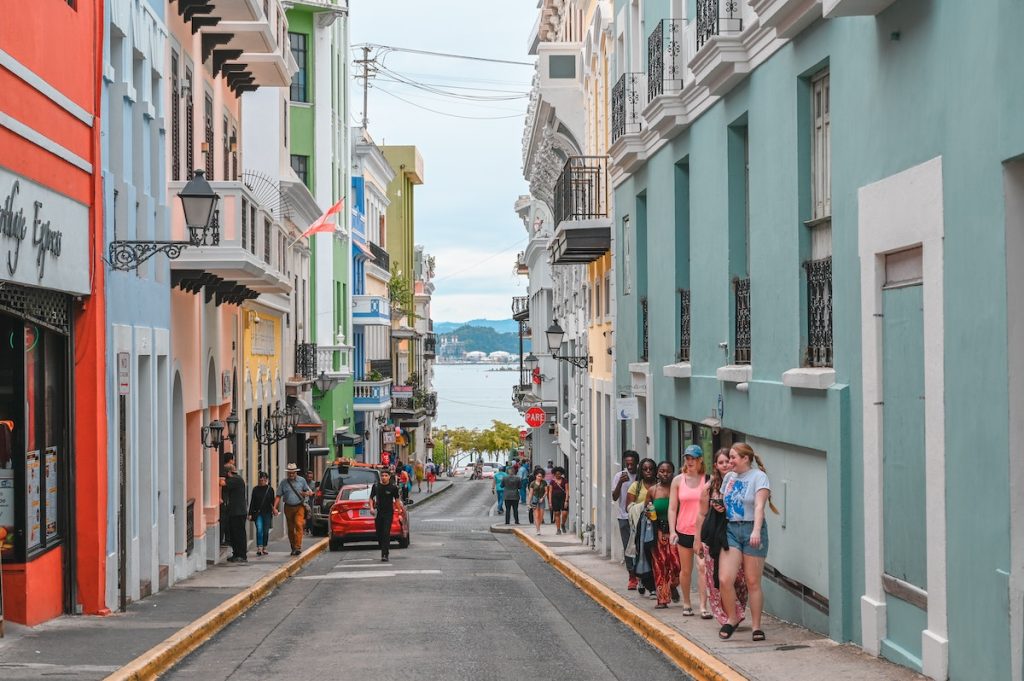
A tantalizing food journey through San Juan, Puerto Rico
With a blowtorch in one hand and a rocks glass in the other, Dennis Rivera meticulously lights a small pile of tobacco leaves sitting on a slab of wood from a Spanish white oak sherry barrel on fire and places the glass on top to infuse it with the smoke. Rivera, a brand specialist at Puerto Rican rum distillery Ron del Barrilito in Bayamón, is creating a cigar fashioned — a twist on an old fashioned — made with ingredients like chocolate and orange bitters, cocoa powder, and rum instead of rye.
“It smells amazing already,” he says. “This is a cigar simple syrup. We do it here ourselves; we create the tobacco syrup in house.” Ron del Barrilito is the oldest Puerto Rican rum, made in the same way since 1880, but the cocktails on offer in the visitor’s centre are fresh takes on classic cocktails. Here, rum bottles fetch as much as US $750 for a collector’s edition that’s been aged for 35 years.
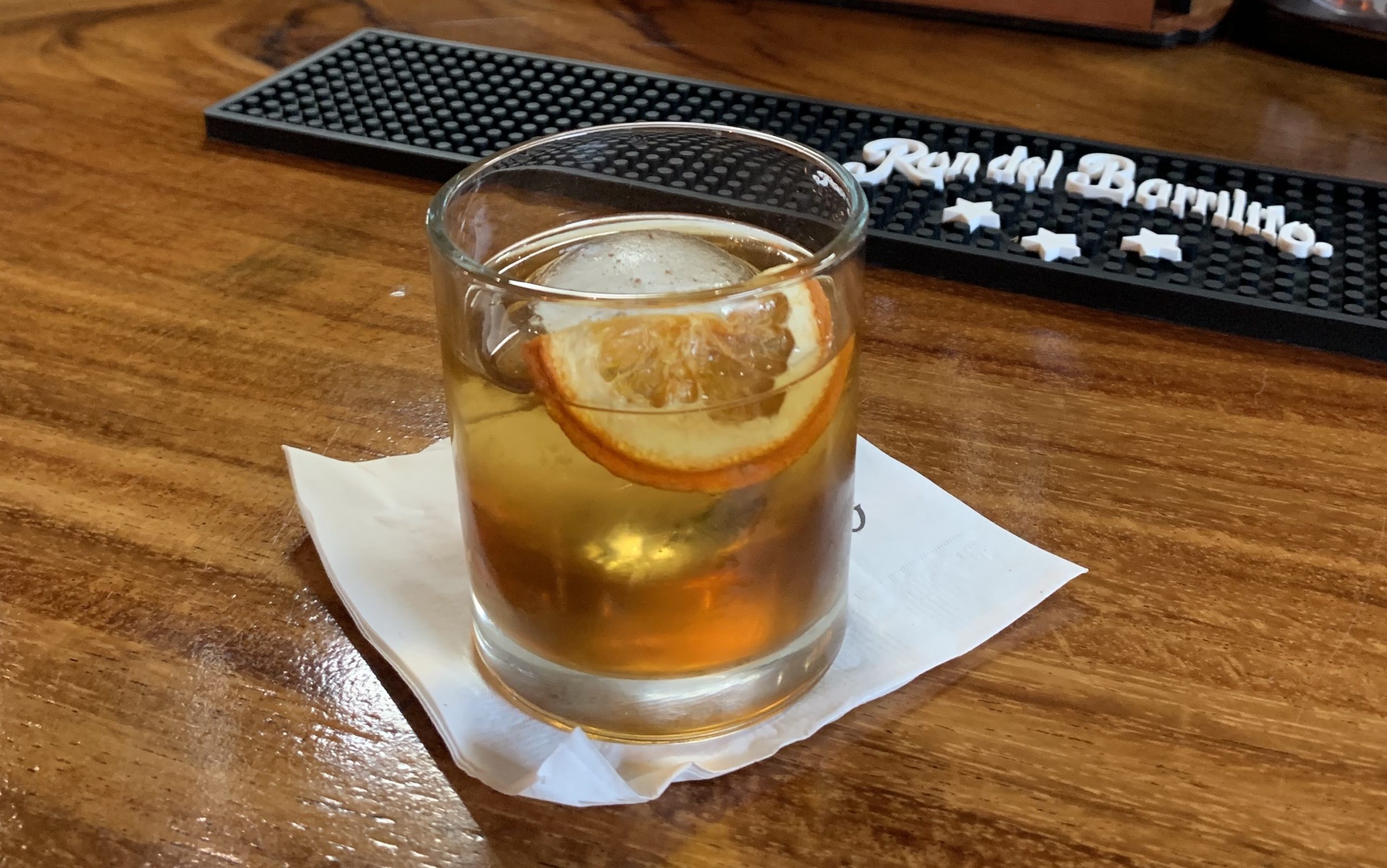
After touring the premises and learning all about the history of the business and the distilling process, the tables have turned, and now I’m the one mixing drinks by taking part in a mixology class offered on site, concocting three rum-based drinks, including a pina colada.
Nicknaming the one-ounce shot glass “Monday” and the two-ounce glass “Friday,” we follow the instructions and skillfully create some top-notch cocktails. The reward is not only to drink the fruits of our labour — everyone in the class is also presented with an official certificate for successfully completing the course.
Now, who said drinking couldn’t be educational?
A gastronomic adventure
The next morning, as local chef Nivia Villanueva arrives at Plaza del Mercado de Río Piedras, a traditional market in San Juan, her eyes light up when she sees the abundance of fresh local produce on offer just a few short weeks after the destination was hit by Hurricane Fiona.
“Look at this!” she says with excitement, holding up a large avocado that’s quadruple the size of the typical ones found in grocery stores back in Canada. “We also need peppers, onions and garlic.”
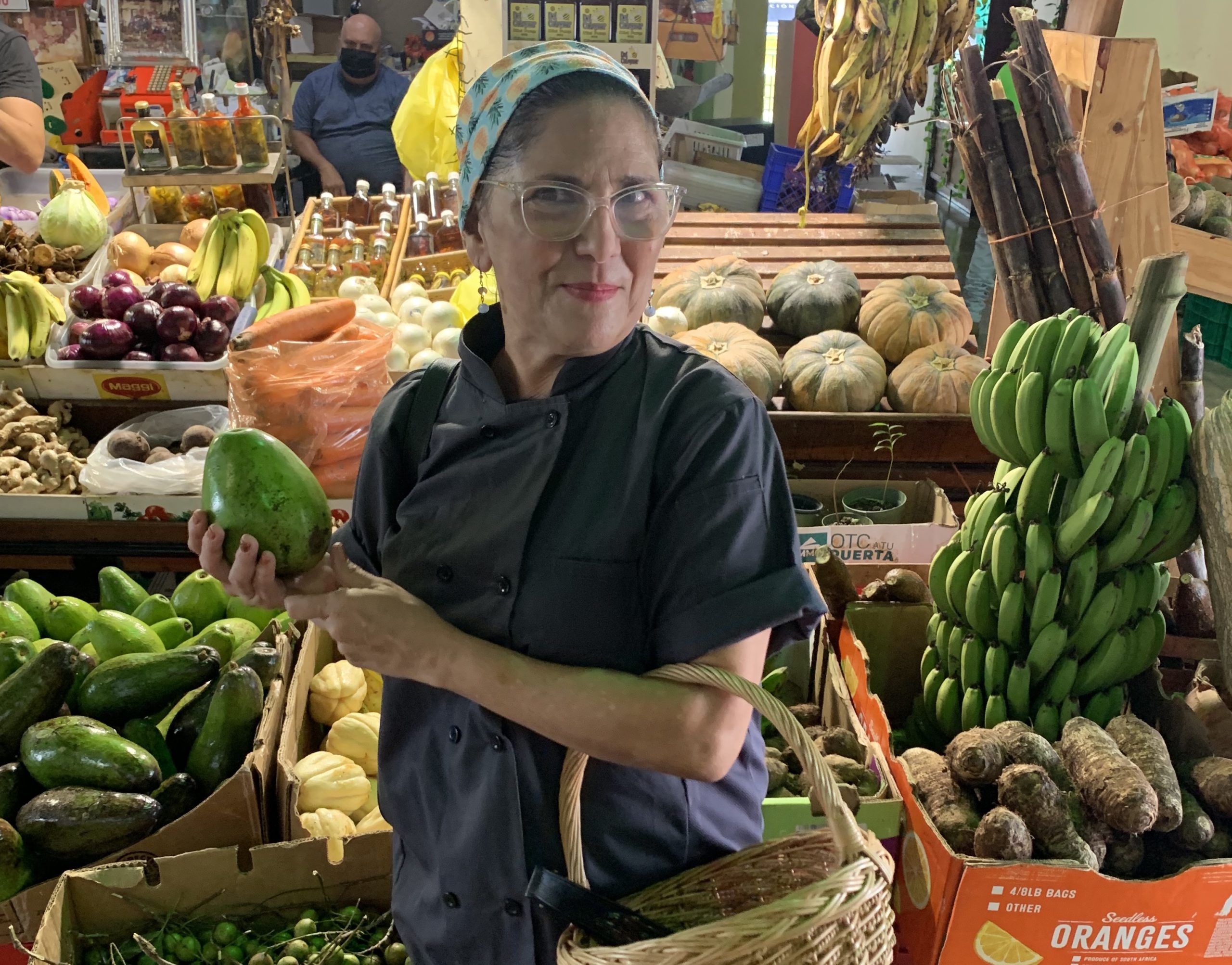
Our mission today is to pick up the ingredients needed to prepare a typical Puerto Rican feast for lunch. We’ll soon be whipping up dishes like mofongo, a local favourite made from fried mashed plantains. Since moving back to Puerto Rico to be part of the solution and recovery efforts after the devastating impacts of hurricanes Maria and Irma back in 2017, Villanueva has been on a quest to share her love for cooking and the history of Puerto Rican cuisine with travellers. She strives to source local ingredients as much as possible as well as to support nearby farmers and small businesses.
“I share my passion for Puerto Rico’s culture and cuisine, emphasizing local products and my secret ingredient — a pinch of love,” she explains. Although the bounce back was much quicker this time around (there are barely any traces of impact left in the San Juan area), the Puerto Rican-born chef wants to get the message out that the island is open and ready for visitors. By night, we’re told the area surrounding the market transforms into a vibrant spot for nightlife with ample bars to choose from.
Food: a cultural connection
After gathering all the necessary ingredients for our gastronomic venture, we head to Villanueva’s condo apartment to get cooking. Our group is spread out across the kitchen chopping vegetables and mashing the plantain down in small wooden containers. Progress is made quickly and a short while later, we’re lining up to plate our concoctions. The end result is quite possibly the best tasting meal I’ve ever had a hand in cooking.
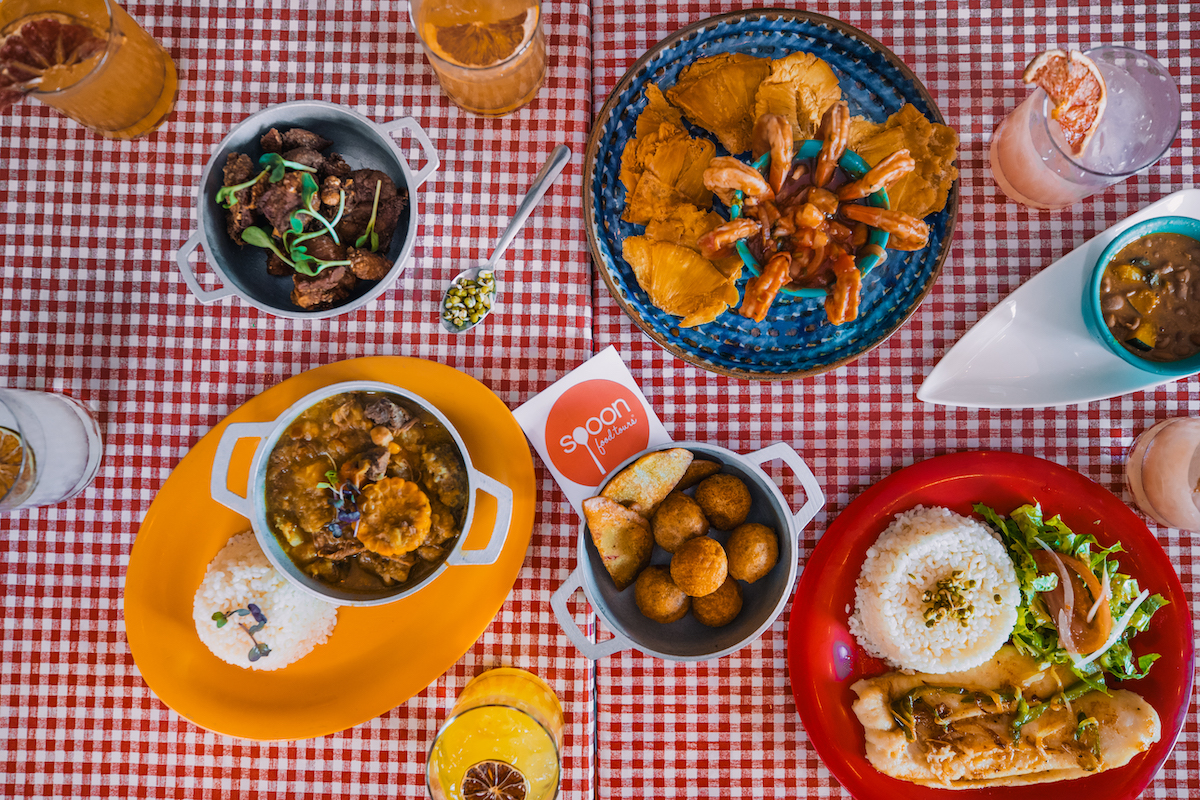
The next day, Elliot Cintron of The Spoon Experience guides me through the picturesque cobblestoned streets of Old San Juan to five culinary stops while also stopping by some interesting sights in the area like the smallest apartment building in San Juan — which fits between his outstretched arms — and La Puerta de la Bandera, a large colonial door with the image of the Puerto Rican flag alongside some street art. I’m on the Sunset Walk & Taste Tour, which is as much about food and drinks as it is about getting a historical overview of the 500- year-old city.
Our first stop is Chocobar Cortés where almost everything on the menu has a chocolate element from the avocado toast to the aptly named chocoburger. Even the cocktails incorporate the sweet ingredients with options like a chocolate old fashioned using chocolate bitters. We’re here to sample frozen chocolate — essentially the opposite of hot chocolate and more like a chocolate shake, which hits the spot. Another delicious stop is at Singular restaurant for cocktails and Arroz Congri, a dish made up of black beans and rice in this case topped with steak. The restaurant is located in the Hotel El Convento, a historic hotel in the historic walled city of Old San Juan set in a former Carmelite convent dating back to 1651.
Just when I think I can’t possibly squeeze in even more food, Cintron brings the group to Señor Paleta, an ice-cream and popsicle shop utilizing local products. The locations of the food tour stops vary slightly each day but one thing is for sure — no one leaves hungry.
—STORY BY ANN RUPPENSTEIN

